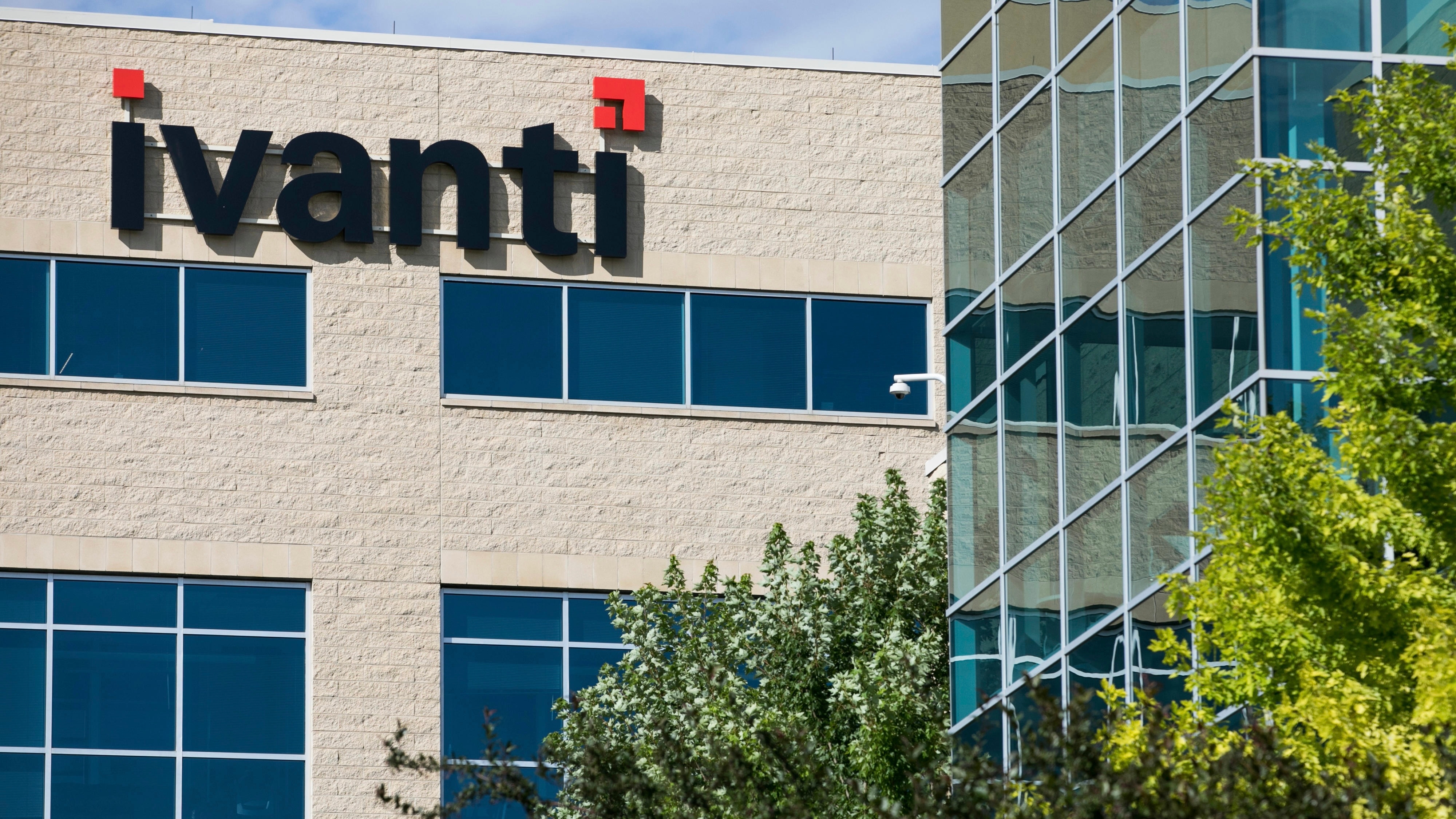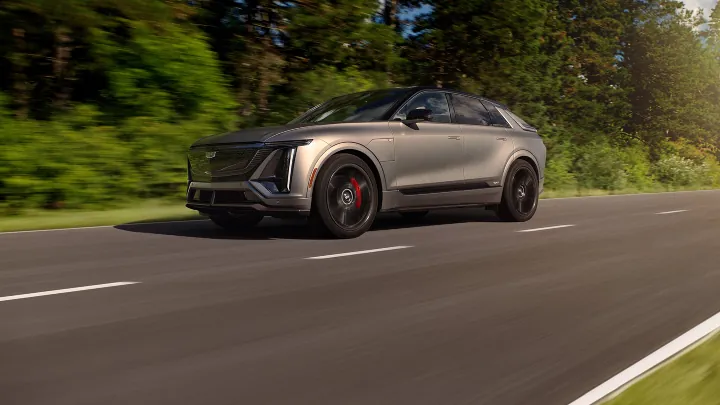"Optimize VANET Routing: Unleashing Metaheuristic Algorithms for Efficiency"
In the fast-paced world of vehicular ad hoc networks (VANETs), where vehicles communicate seamlessly to enhance safety and efficiency, routing stands as a critical pillar that determines overall performance. Yet, many face the daunting challenge of optimizing these complex systems amidst ever-evolving traffic patterns and environmental variables. Are you grappling with inefficient routing protocols that hinder communication? Do you find yourself questioning how to harness advanced algorithms for improved connectivity? If so, you're not alone. In this blog post, we will delve into the transformative power of metaheuristic algorithms—innovative solutions designed to tackle VANET routing inefficiencies head-on. By exploring their potential alongside traditional methods, we aim to illuminate pathways toward enhanced network performance and reliability. Prepare to uncover cutting-edge techniques that can revolutionize your approach to VANET optimization while addressing common pain points in real-time data transmission and decision-making processes. Join us on this journey as we unravel the complexities of VANET routing and equip you with insights that could redefine your understanding of vehicular communications! Understanding VANET: A Brief Overview Vehicular Ad-Hoc Networks (VANETs) represent a specialized form of mobile ad-hoc networks that facilitate communication among vehicles and between vehicles and infrastructure. The primary goal of VANETs is to enhance road safety, traffic efficiency, and provide infotainment services by enabling real-time data exchange. Given the high mobility of vehicles, traditional routing protocols often struggle with maintaining efficient communication links. This necessitates the optimization of existing protocols like Optimized Link State Routing (OLSR), which can be significantly improved through metaheuristic algorithms. These algorithms address challenges such as dynamic topology changes and varying network densities by optimizing routing parameters for better performance. Key Features of VANETs One notable feature of VANETs is their reliance on realistic mobility models, often generated using tools like Simulation of Urban MObility (SUMO). By simulating urban environments, researchers can analyze vehicle behavior under various conditions to improve routing strategies effectively. Additionally, enhancing Quality of Service (QoS) in these networks is crucial; it ensures reliable communication even amidst frequent disruptions caused by vehicular movement. As research progresses in this field, understanding how different optimization techniques impact metrics such as communication cost and convergence time becomes essential for developing robust solutions tailored to the unique demands posed by vehicular communications.# The Role of Routing in VANET Performance Routing plays a crucial role in the performance of Vehicular Ad-Hoc Networks (VANETs), where vehicles communicate with each other and infrastructure to enhance road safety, traffic management, and infotainment services. Given the high mobility inherent in these networks, traditional routing protocols often struggle to maintain effective communication links. Optimizing routing strategies is essential for minimizing communication costs while maximizing solution quality and convergence time. The optimization of the Optimized Link State Routing (OLSR) protocol through metaheuristic algorithms has shown promise in addressing these challenges by dynamically adjusting parameters based on real-time network conditions. Importance of Efficient Routing Strategies Efficient routing strategies directly impact Quality of Service (QoS) within VANET applications. By utilizing advanced simulation tools like Simulation of Urban MObility (SUMO), researchers can generate realistic mobility models that inform better decision-making regarding route selection and data transmission paths. This ensures timely delivery of critical information among vehicles, ultimately leading to improved safety outcomes and enhanced user experiences. As such, understanding how different optimization techniques affect OLSR performance becomes vital for both researchers and practitioners aiming to advance VANET technology effectively. Introduction to Metaheuristic Algorithms Metaheuristic algorithms are advanced optimization techniques that provide solutions for complex problems where traditional methods may falter. These algorithms, such as Genetic Algorithms, Particle Swarm Optimization, and Ant Colony Optimization, leverage iterative processes to explore the solution space efficiently. In the context of Vehicular Ad-Hoc Networks (VANETs), metaheuristics play a crucial role in optimizing routing protocols like OLSR by addressing challenges associated with high mobility and dynamic network topologies. The adaptability of these algorithms allows them to fine-tune parameters effectively while minimizing communication costs and enhancing Quality of Ser

In the fast-paced world of vehicular ad hoc networks (VANETs), where vehicles communicate seamlessly to enhance safety and efficiency, routing stands as a critical pillar that determines overall performance. Yet, many face the daunting challenge of optimizing these complex systems amidst ever-evolving traffic patterns and environmental variables. Are you grappling with inefficient routing protocols that hinder communication? Do you find yourself questioning how to harness advanced algorithms for improved connectivity? If so, you're not alone. In this blog post, we will delve into the transformative power of metaheuristic algorithms—innovative solutions designed to tackle VANET routing inefficiencies head-on. By exploring their potential alongside traditional methods, we aim to illuminate pathways toward enhanced network performance and reliability. Prepare to uncover cutting-edge techniques that can revolutionize your approach to VANET optimization while addressing common pain points in real-time data transmission and decision-making processes. Join us on this journey as we unravel the complexities of VANET routing and equip you with insights that could redefine your understanding of vehicular communications!
Understanding VANET: A Brief Overview
Vehicular Ad-Hoc Networks (VANETs) represent a specialized form of mobile ad-hoc networks that facilitate communication among vehicles and between vehicles and infrastructure. The primary goal of VANETs is to enhance road safety, traffic efficiency, and provide infotainment services by enabling real-time data exchange. Given the high mobility of vehicles, traditional routing protocols often struggle with maintaining efficient communication links. This necessitates the optimization of existing protocols like Optimized Link State Routing (OLSR), which can be significantly improved through metaheuristic algorithms. These algorithms address challenges such as dynamic topology changes and varying network densities by optimizing routing parameters for better performance.
Key Features of VANETs
One notable feature of VANETs is their reliance on realistic mobility models, often generated using tools like Simulation of Urban MObility (SUMO). By simulating urban environments, researchers can analyze vehicle behavior under various conditions to improve routing strategies effectively. Additionally, enhancing Quality of Service (QoS) in these networks is crucial; it ensures reliable communication even amidst frequent disruptions caused by vehicular movement. As research progresses in this field, understanding how different optimization techniques impact metrics such as communication cost and convergence time becomes essential for developing robust solutions tailored to the unique demands posed by vehicular communications.# The Role of Routing in VANET Performance
Routing plays a crucial role in the performance of Vehicular Ad-Hoc Networks (VANETs), where vehicles communicate with each other and infrastructure to enhance road safety, traffic management, and infotainment services. Given the high mobility inherent in these networks, traditional routing protocols often struggle to maintain effective communication links. Optimizing routing strategies is essential for minimizing communication costs while maximizing solution quality and convergence time. The optimization of the Optimized Link State Routing (OLSR) protocol through metaheuristic algorithms has shown promise in addressing these challenges by dynamically adjusting parameters based on real-time network conditions.
Importance of Efficient Routing Strategies
Efficient routing strategies directly impact Quality of Service (QoS) within VANET applications. By utilizing advanced simulation tools like Simulation of Urban MObility (SUMO), researchers can generate realistic mobility models that inform better decision-making regarding route selection and data transmission paths. This ensures timely delivery of critical information among vehicles, ultimately leading to improved safety outcomes and enhanced user experiences. As such, understanding how different optimization techniques affect OLSR performance becomes vital for both researchers and practitioners aiming to advance VANET technology effectively.
Introduction to Metaheuristic Algorithms
Metaheuristic algorithms are advanced optimization techniques that provide solutions for complex problems where traditional methods may falter. These algorithms, such as Genetic Algorithms, Particle Swarm Optimization, and Ant Colony Optimization, leverage iterative processes to explore the solution space efficiently. In the context of Vehicular Ad-Hoc Networks (VANETs), metaheuristics play a crucial role in optimizing routing protocols like OLSR by addressing challenges associated with high mobility and dynamic network topologies.
The adaptability of these algorithms allows them to fine-tune parameters effectively while minimizing communication costs and enhancing Quality of Service (QoS). By simulating realistic mobility models through tools like Simulation of Urban MObility (SUMO), researchers can evaluate the performance metrics—solution quality and convergence time—of various metaheuristic approaches. This evaluation is vital for developing robust routing strategies that ensure reliable data transmission among vehicles in rapidly changing environments.
Key Benefits
- Efficiency: Metaheuristics can quickly converge on optimal or near-optimal solutions compared to exhaustive search methods.
- Flexibility: They can be adapted for different types of optimization problems beyond just VANETs.
- Scalability: Suitable for large-scale networks due to their ability to handle multiple variables simultaneously without significant computational overhead.
These characteristics make metaheuristic algorithms indispensable tools in modern networking research and applications within VANETs.# Top Metaheuristic Techniques for VANET Optimization
Metaheuristic algorithms have emerged as powerful tools for optimizing routing protocols in Vehicular Ad-Hoc Networks (VANETs), particularly the Optimized Link State Routing (OLSR) protocol. These techniques, including Genetic Algorithms (GA), Particle Swarm Optimization (PSO), and Ant Colony Optimization (ACO), address the unique challenges posed by high mobility and dynamic network topologies. For instance, GAs can efficiently explore large solution spaces to enhance communication cost and convergence time while maintaining solution quality. PSO mimics social behavior patterns of birds or fish to find optimal solutions quickly, making it suitable for real-time applications in VANETs. ACO leverages pheromone trails to guide route selection dynamically, which is beneficial in environments with frequent changes in vehicle positions.
Importance of Simulation Tools
The use of simulation tools like SUMO is crucial for generating realistic mobility models that inform these optimization strategies. By simulating various traffic scenarios, researchers can evaluate the performance of different metaheuristic approaches under varying conditions, ensuring that chosen algorithms effectively improve Quality of Service (QoS) metrics such as latency and packet delivery ratio. This comprehensive evaluation aids practitioners in selecting appropriate techniques tailored to specific VANET applications while fostering advancements in routing efficiency through continuous algorithm refinement.
Comparative Analysis: Traditional vs. Metaheuristic Approaches
Traditional routing approaches in Vehicular Ad-Hoc Networks (VANETs) often rely on fixed algorithms that do not adapt well to the dynamic nature of vehicular environments. These methods can struggle with high mobility, leading to increased communication costs and suboptimal performance. In contrast, metaheuristic algorithms offer a flexible framework for optimization by mimicking natural processes such as evolution or swarm behavior. They excel in exploring large solution spaces efficiently, enabling better convergence times and improved solution quality when optimizing OLSR parameters.
Key Differences
The primary distinction lies in adaptability; traditional methods may be limited by their static configurations while metaheuristics dynamically adjust based on real-time data inputs from networks like SUMO simulations. This adaptability allows for enhanced Quality of Service (QoS), making metaheuristic techniques particularly beneficial for applications requiring robust routing strategies under varying conditions. Furthermore, the evaluation metrics—communication cost, convergence time, and overall efficiency—often favor metaheuristic approaches due to their inherent design principles focused on exploration and exploitation within complex problem domains.
By leveraging these advanced methodologies, researchers can significantly enhance VANET performance while addressing critical challenges associated with high mobility scenarios effectively.
Future Trends in VANET Routing and Algorithm Development
The future of routing in Vehicular Ad-Hoc Networks (VANETs) is poised for significant advancements, particularly through the integration of metaheuristic algorithms. As vehicular mobility increases, traditional routing protocols face challenges such as high communication costs and fluctuating network topologies. Optimizing the Optimized Link State Routing (OLSR) protocol using metaheuristic techniques can enhance Quality of Service (QoS), reduce latency, and improve overall network efficiency. Emerging trends include adaptive algorithms that dynamically adjust to real-time traffic conditions and vehicle density, ensuring optimal path selection. Additionally, leveraging simulation tools like SUMO will facilitate realistic modeling scenarios for testing these advanced routing strategies.
Key Areas of Focus
-
Adaptive Learning: Future algorithms will incorporate machine learning to predict traffic patterns and optimize routes accordingly.
-
Collaborative Approaches: The development of collaborative routing mechanisms among vehicles can lead to more efficient data sharing and reduced congestion.
-
Integration with IoT: Incorporating Internet of Things (IoT) devices into VANETs will enable better environmental awareness and enhanced decision-making capabilities.
-
Security Protocol Enhancements: With increased connectivity comes the need for robust security measures; thus, future developments must prioritize secure communication channels within VANET infrastructures.
These innovations promise a transformative impact on how information is routed in vehicular networks, ultimately leading to safer roads and improved travel experiences.
In conclusion, optimizing routing in Vehicular Ad Hoc Networks (VANETs) is crucial for enhancing communication efficiency and overall network performance. As we explored, the unique characteristics of VANETs necessitate innovative solutions to address challenges such as dynamic topology and variable traffic conditions. Metaheuristic algorithms emerge as powerful tools in this context, offering flexibility and adaptability that traditional methods often lack. Techniques like Genetic Algorithms, Particle Swarm Optimization, and Ant Colony Optimization have shown promising results in improving routing decisions by efficiently navigating complex networks. Furthermore, the comparative analysis highlighted significant advantages of metaheuristic approaches over conventional strategies. Looking ahead, advancements in algorithm development will likely focus on integrating machine learning with these techniques to further refine routing processes in VANETs. Embracing these innovations will be essential for achieving smarter transportation systems that prioritize safety and efficiency on our roads.
FAQs on Optimizing VANET Routing with Metaheuristic Algorithms
1. What is a VANET and why is it important?
Answer: A Vehicle Ad-hoc Network (VANET) is a type of mobile ad-hoc network that enables vehicles to communicate with each other and with roadside infrastructure. It plays a crucial role in enhancing road safety, traffic management, and providing infotainment services by facilitating real-time data exchange among vehicles.
2. How does routing impact the performance of VANETs?
Answer: Routing significantly affects the efficiency, reliability, and speed of data transmission within VANETs. Effective routing protocols ensure optimal path selection for message delivery between vehicles, which can reduce latency, minimize packet loss, and improve overall network performance.
3. What are metaheuristic algorithms?
Answer: Metaheuristic algorithms are advanced optimization techniques designed to solve complex problems by exploring large search spaces efficiently. They use strategies inspired by natural processes or human behavior to find near-optimal solutions for various applications including routing in networks like VANETs.
4. Which metaheuristic techniques are commonly used for optimizing VANET routing?
Answer: Some top metaheuristic techniques employed for optimizing routing in VANETs include Genetic Algorithms (GA), Particle Swarm Optimization (PSO), Ant Colony Optimization (ACO), Simulated Annealing (SA), and Tabu Search. Each technique has its unique approach to finding efficient routes while considering dynamic changes in the network environment.
5. How do traditional approaches compare to metaheuristic methods in terms of effectiveness for VANET routing?
Answer: Traditional approaches often rely on fixed algorithms that may not adapt well to changing conditions within a dynamic environment like a vehicular network. In contrast, metaheuristic methods offer greater flexibility and adaptability by utilizing heuristic-based strategies that can better handle uncertainties and optimize route selection more effectively under varying traffic scenarios.
What's Your Reaction?



















































